SUMMARY
This is AI generated summarization, which may have errors. For context, always refer to the full article.
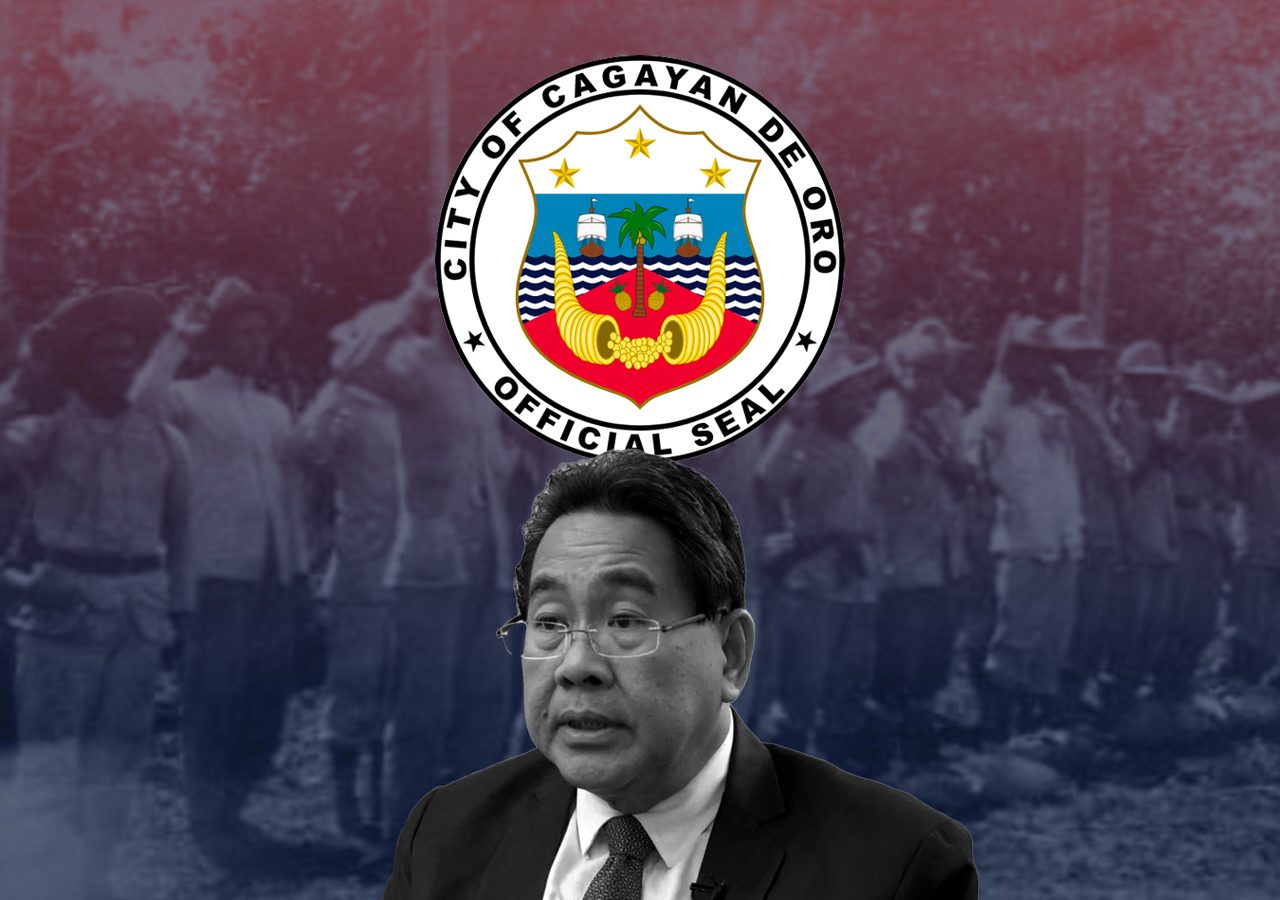
CAGAYAN DE ORO CITY, Philippines – Cagayan de Oro 2nd District Representative Rufus Rodriguez called on Congress to correct a more than a century-old oversight by declaring 14 Mindanao revolutionaries and warriors who fought during the colonial periods as heroes.
Rodriguez’s proposal, contained in House Bill No. 1461, seeks to make them in the league of national hero Dr. Jose P. Rizal and famous revolutionaries such as Andres Bonifacio, Emilio Aguinaldo, and Apolinario Mabini, among others.
Rodriguez’s list includes the following:
- General Nicolas Capistrano
- Colonel Apolinario Velez
- Vicente Roa
- Apolinario Pabayo
- Rufino Deloso
- Simeon Ledesma
- Capitan Daligdig
- Simeon Gonzales
- Wenceslao Gonzales
- Daniel Toribio Sison
- Datu Uto
- Datu Ali
- Amai Pakpak
- Vicente Alvarez
Four of the late revolutionaries were from Cagayan de Oro and Misamis Oriental: Capistrano, Velez, Roa, and Pabayo.
Until 1950, Cagayan de Oro was a town called Cagayan de Misamis that was part of a bigger Misamis district.
Three others on Rodriguez’s list – Deloso, Ledesma, and Daligdig – were revolutionaries from Misamis Occidental, the northwestern part of the then-Misamis district.
From the Surigao area in the Caraga region, Rodriguez listed the two Gonzaleses and Sison.
The list also includes Datu Uto and Datu Ali from Cotabato, Amai Pakpak from Marawi, and Alvarez from Zamboanga.
Most of the Mindanao-based revolutionaries led fighters who emerged triumphant in crucial battles before they got killed on the battlefields or surrendered.
Among the most notable for their leadership were Capistrano, Velez, Deloso, Daligdig, Pakpak, Datu Ulo, and Datu Ali.
Capistrano, who held the rank of general, was the leader of revolutionaries who waged war against American forces from 1900 to 1901.
He led an attack, which included Bukidnon lumad warriors, against invading American troops in the Battle of Cagayan on April 7, 1900.
Colonel Velez, who commanded Filipino troops in another part of the present-day Cagayan de Oro, defeated American colonizers in the Battle of Macahambus Cave on June 4, 1900.
In the present-day Misamis Occidental, Deloso led a force of 400 revolutionaries and engaged American troops in some 20 fierce encounters from May 14, 1900, to January 6, 1901.
In the Oroquieta Laungan area, also in Misamis Occidental, Daligdig, a tribal leader who held the rank of captain, led numerous assaults on the Oroquieta Garrison of the American forces.
Equally impressive was Pakpak, who led Maranao forces in defending Fort Marawi in the 1891 assault by Spanish troops under then-governor general Valeriano Weyler.
Pakpak died defending their Lanao position in the 1895 invasion by some 3,000 Spanish forces under another governor-general, Ramon Blanco.
The state-run Amai Pakpak Medical Center in Marawi City was named after him.
In Cotabato, a Datu Ulo was credited for leading warriors in incessantly fighting the Spaniards from 1880 to 1886.
The resistance of Datu Ulo’s group weakened the overall military strength and drained the financial resources of the Spanish colonizers, and made them vulnerable to more attacks for a few years, according to Rodriguez.
In Cotabato Valley, Datu Ali organized a 5,000-person resistance against the American colonizers. His group established what was considered the largest anti-Spanish fortress in Mindanao at that time.
“They sapped and diminished the military strength and divided the attention of the Spanish authorities. The Muslim resistance led to the strengthening of the Katipunan because, without the military campaign in Mindanao, there would have been more than enough Spanish forces in Manila to check the Katipunan,” Rodriguez said.
He added, “The Moros may not have taken part in the actual combat during the revolution, but their unwavering resistance to Spanish domination is enough contribution to the cause of freedom. Their resistance and offensive operations undermined the Spanish plan to subjugate the archipelago.”
He said others such as Roa, Pabayo, Ledesma, the Gonzaleses, Sison, and Alvarez, similarly, put up a good fight against the foreign colonizers in their respective turfs and contributed to the quest for independence.
Rodriguez said research works established that the revolutionaries and fighters from Mindanao fought bravely against the colonizations, but have remained unsung heroes to this day.
He said he was saddened that their names were not even in most Philippine history books.
“There is a need to correct the history of the Philippines to be truly national,” Rodriguez said.
Local historian Agnes Paulita “Nanette” Roa lauded the proposal which she said emphasized the contributions of those who fought and sacrificed their lives in defense of parts of Mindanao despite their limited resources.
She said the proposed measure, if approved, could result in more detailed historical narratives, and the correction of errors.
If approved, the measure would mandate the National Historical Commission (NHC) to conduct more comprehensive research on the lives of those on the list, publish books about them, and erect monuments and historical markers in their honor.
The bill also seeks a P30-million budget to allow the commission to do extensive research, and perform the additional tasks outlined in the proposal.
Cagayan de Oro-based journalist Uriel Quilinguing said many history books and other publications missed out on important narratives and details about how Mindanao’s revolutionaries and warriors fought the colonizers.
“The valuable contributions of the Mindanao revolutionaries and their history must be institutionalized or it will die a natural death,” said Xavier University-Ateneo de Cagayan history teacher Rai Bollozos Sanchez as he welcomed Rodriguez’s bill. – Rappler.com
Add a comment
How does this make you feel?







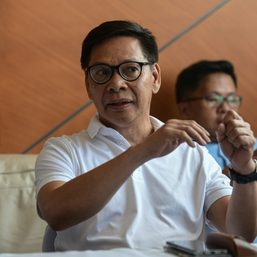
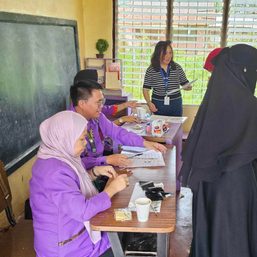
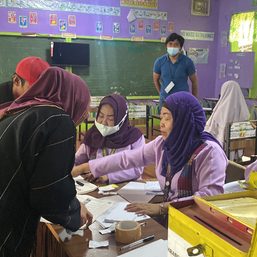


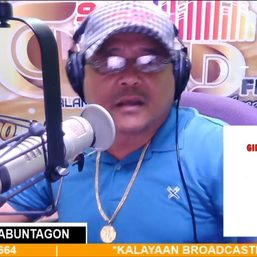
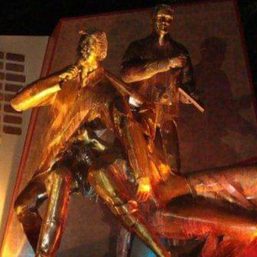



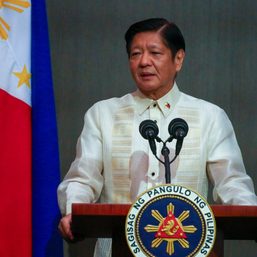
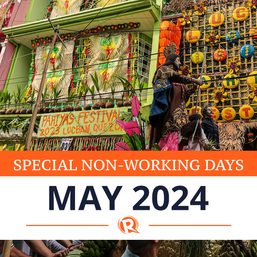






![[OPINION] From ‘Puyat’ to ‘Tulog’: Clout-chasing street signs disrespected history](https://www.rappler.com/tachyon/2024/07/gil-puyat-july-26-2024.jpg?resize=257%2C257&crop=389px%2C0px%2C1080px%2C1080px)


![[Time Trowel] Yamashita gold is a myth, and treasure hunting is not archeology](https://www.rappler.com/tachyon/2024/06/myth-yamashita-treasure-june-14-2024.jpg?resize=257%2C257&crop=435px%2C0px%2C1080px%2C1080px)





There are no comments yet. Add your comment to start the conversation.